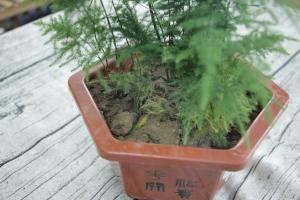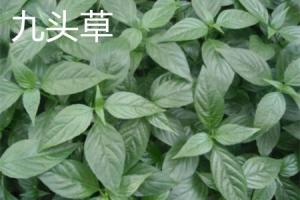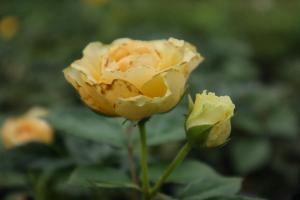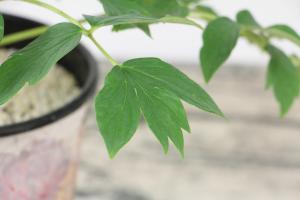A Joshua Tree Plant
The Joshua Tree Plant, also known as Yucca brevifolia, is a unique and remarkable plant native to the Mojave Desert of California. With its twisted and spiky branches, the Joshua Tree is an unmistakable sight in the desert landscape. In this article, we will explore the characteristics, lifecycle, and cultural significance of the Joshua Tree plant.
Characteristics of the Joshua Tree Plant
The Joshua Tree is a slow-growing plant that can reach up to 40 feet in height. Its branches grow in an irregular fashion, and it is covered in sharp, pointy leaves, making it capable of inflicting injury if not handled carefully. The Joshua Tree is also notable for its growth pattern, which is dependent on rainfall. In years with a lot of rainfall, the plant will produce more flowers and fruit than in dry years.
The Lifecycle of the Joshua Tree Plant
The lifecycle of the Joshua Tree is a long and fascinating one. It can take up to 50 years for the plant to mature and begin producing flowers, and it can live for up to 150 years. The Joshua Tree produces white, bell-shaped flowers that bloom in the spring, and these flowers are pollinated by the yucca moth. The female yucca moth will lay her eggs in the flower, and as the larvae feed on the flower's seeds, they also pollinate the plant. When the fruit has matured, it will fall to the ground and be eaten by animals, dispersing the seeds and allowing new plants to grow.
The Cultural Significance of the Joshua Tree Plant
The Joshua Tree has long been a symbol of the California desert and holds great cultural significance for many people. The tree has been used by Native American tribes for centuries for a variety of purposes, including as a source of food, fiber, and medicine. Today, the Joshua Tree is a beloved icon of the American West and is a popular attraction for tourists visiting Southern California. In recent years, the Joshua Tree has also become a symbol of environmental conservation and a rallying cry for those concerned about the impact of climate change on the American deserts.
Threats to the Joshua Tree Plant
Despite its historical and cultural significance, the Joshua Tree faces numerous threats today. Climate change and increasing temperatures are causing the range of the plant to shift, and many experts are concerned that the tree will not be able to adapt quickly enough to survive. Additionally, human development, including roads, power lines, and housing developments, is increasingly encroaching on the Joshua Tree's habitat, leading to habitat fragmentation and loss. Conservation efforts are underway to protect the plant, but much more needs to be done to preserve this iconic species for future generations.
In Conclusion
The Joshua Tree is a uniquely beautiful plant that plays an important role in the ecology and culture of the California desert. With its distinctive shape and long lifespan, the Joshua Tree is a symbol of resilience and survival in harsh environmental conditions. As we work to protect this iconic species from the threats it faces, we must also recognize the importance of preserving the natural heritage of our planet and the incredible diversity of life that it contains.

 how many times do yo...
how many times do yo... how many planted tre...
how many planted tre... how many pine trees ...
how many pine trees ... how many pecan trees...
how many pecan trees... how many plants comp...
how many plants comp... how many plants can ...
how many plants can ... how many plants and ...
how many plants and ... how many pepper plan...
how many pepper plan...






























